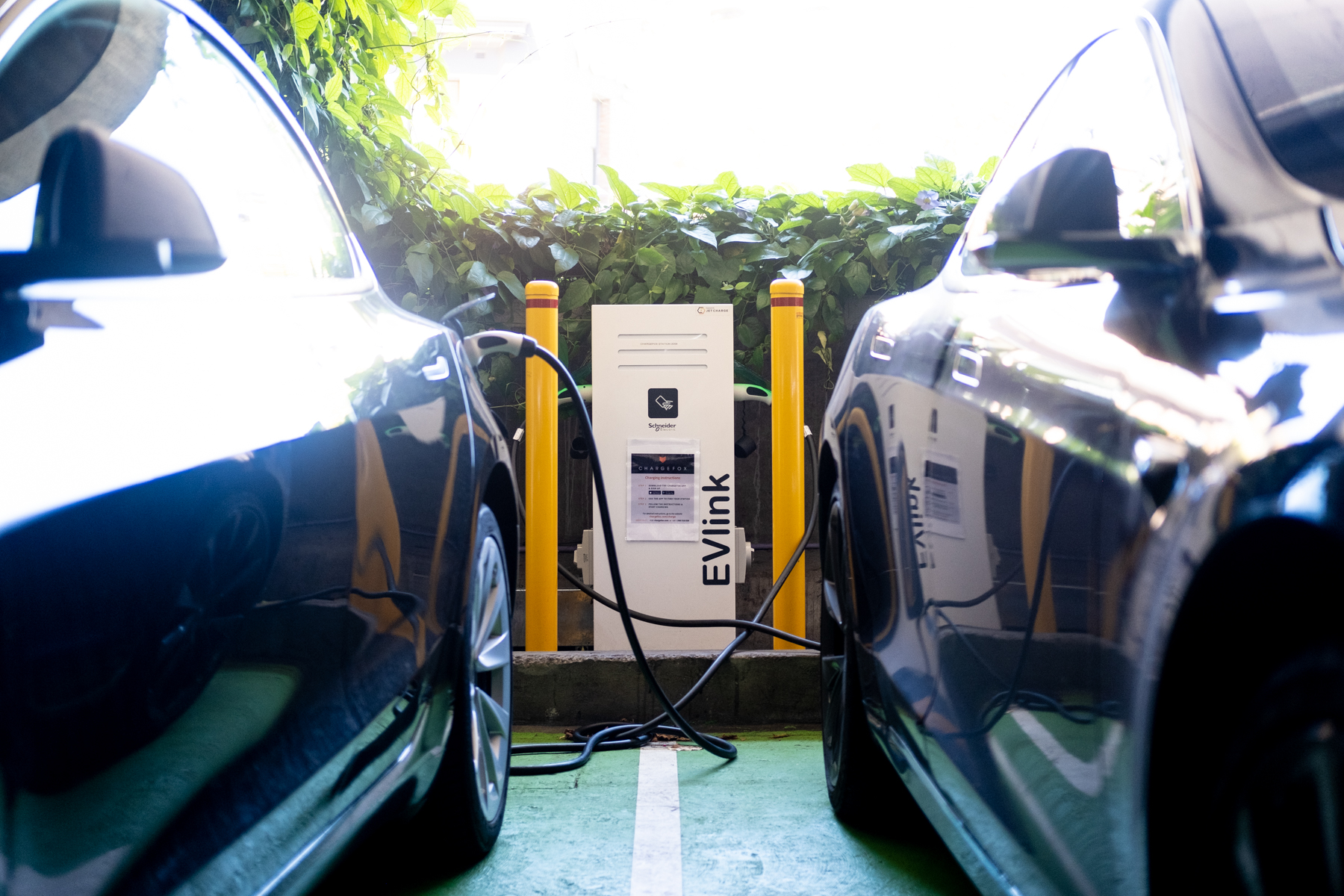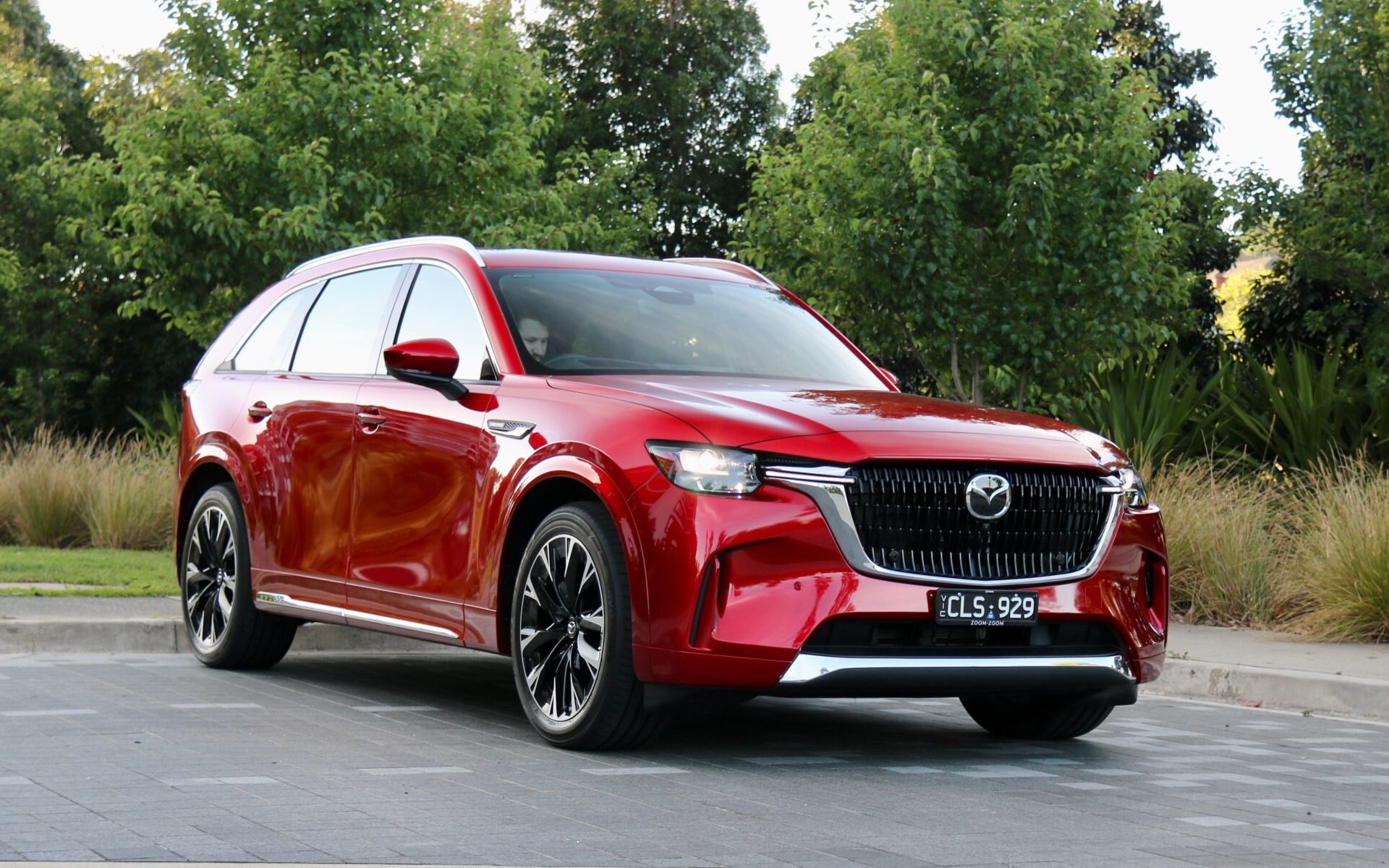
Snapshot
- New camera revisions for Tesla EVs filed in China
- Higher resolution front camera
- Expected to improve safety assist reliability
Tesla’s camera-based ‘Autopilot’ active safety assistance system may receive some new hardware upgrades, according to regulatory filings in China.
The documents published by Twitter user Chris Zheng reveals the new front windscreen camera system uses a two-camera array with a higher pixel density and wider field-of-view, replacing the current lower resolution three-camera setup.
Dubbed Autopilot 4.0, the front camera module and side B-pillar cameras seem to adopt a new fan or heating system to keep its view clear. The American electric vehicle already heats-up the cameras automatically when they’re fogged-up.
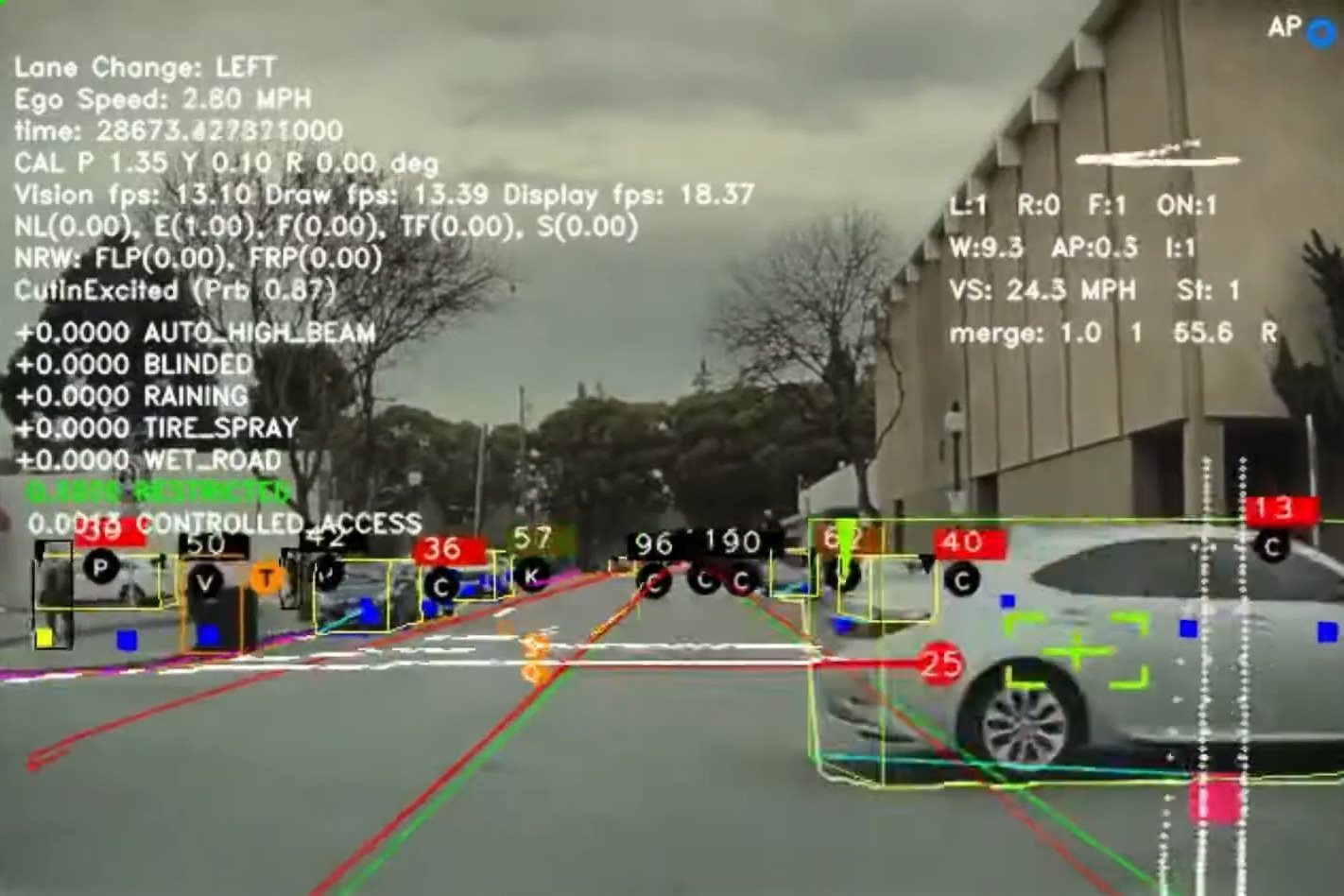

Best Electric Cars Under $65k: Affordable EVs Rated
Welcome to part one of three price-based EV buying guides, this one focused on the most affordable electric cars available in Australia today
The new hardware is also expected to achieve the long-promised ‘full self-driving’ capability for the masses.
For context, the ubiquitous Tesla Model Y electric SUV has already achieved a strong 98 per cent safety assist score by the car safety body Australasian New Car Assessment Program (ANCAP) under the 2022 testing criteria.
The carmaker will hold an Investor Day event in March and is expected to debut its third-generation EV platform for an affordable entry-level electric hatchback, but could also shed light on new Autopilot hardware.
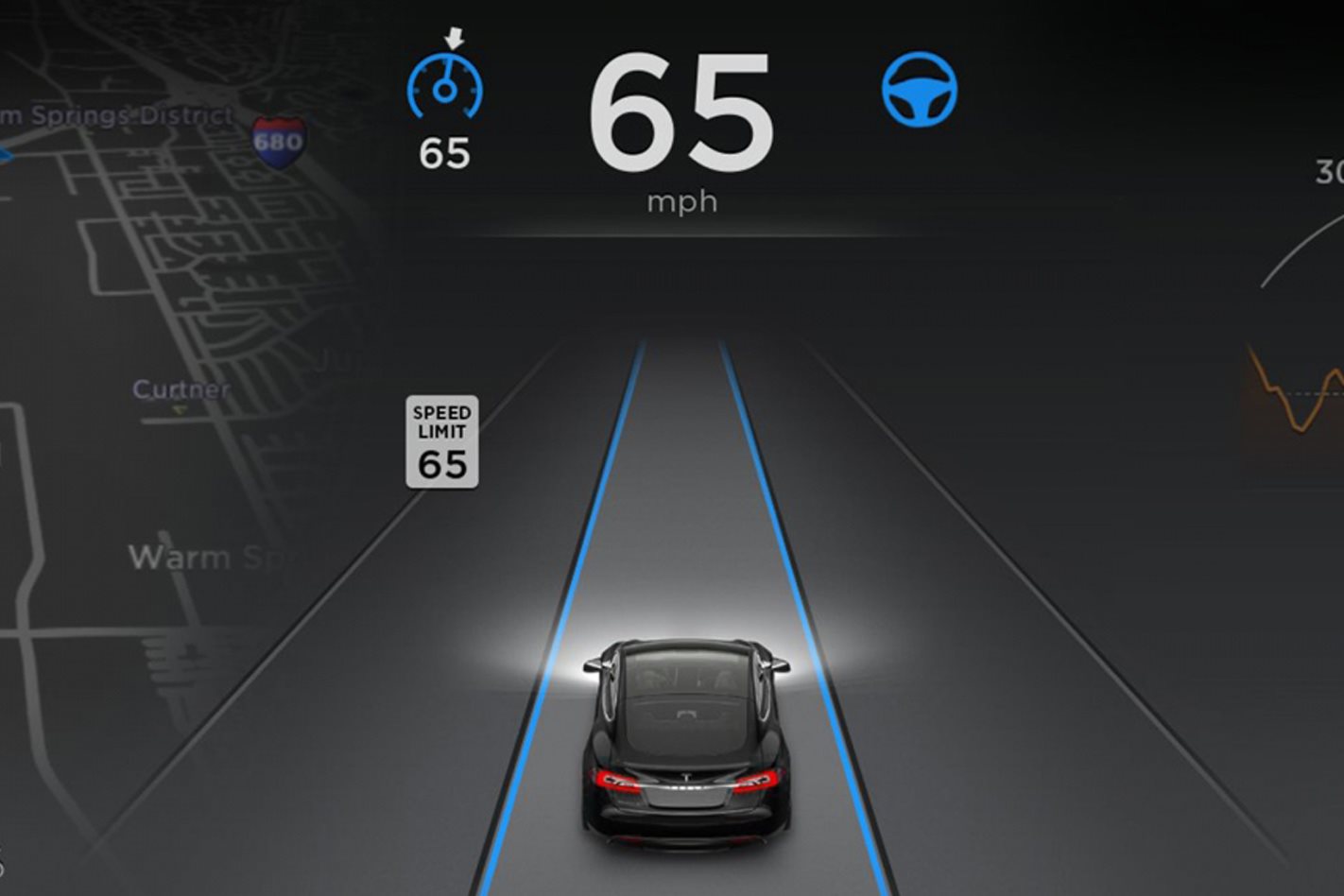
Tesla started removing ultrasonic sonar sensors in the Model 3 sedan and Model Y SUV since October 2022 to go all-in on a camera-based ‘Tesla Vision’ system, but has temporarily disabled parking distance sensors, automatic parking and smart summon features.
A camouflaged Tesla Model 3 was spied last month covering the front and rear bumpers amid Electrek reporting that it may reintroduce radar sensors to its Tesla Vision suite.
Automotive News also reports the popular electric sedan will be updated with a “less complex” interior and other minor changes.
We recommend
-
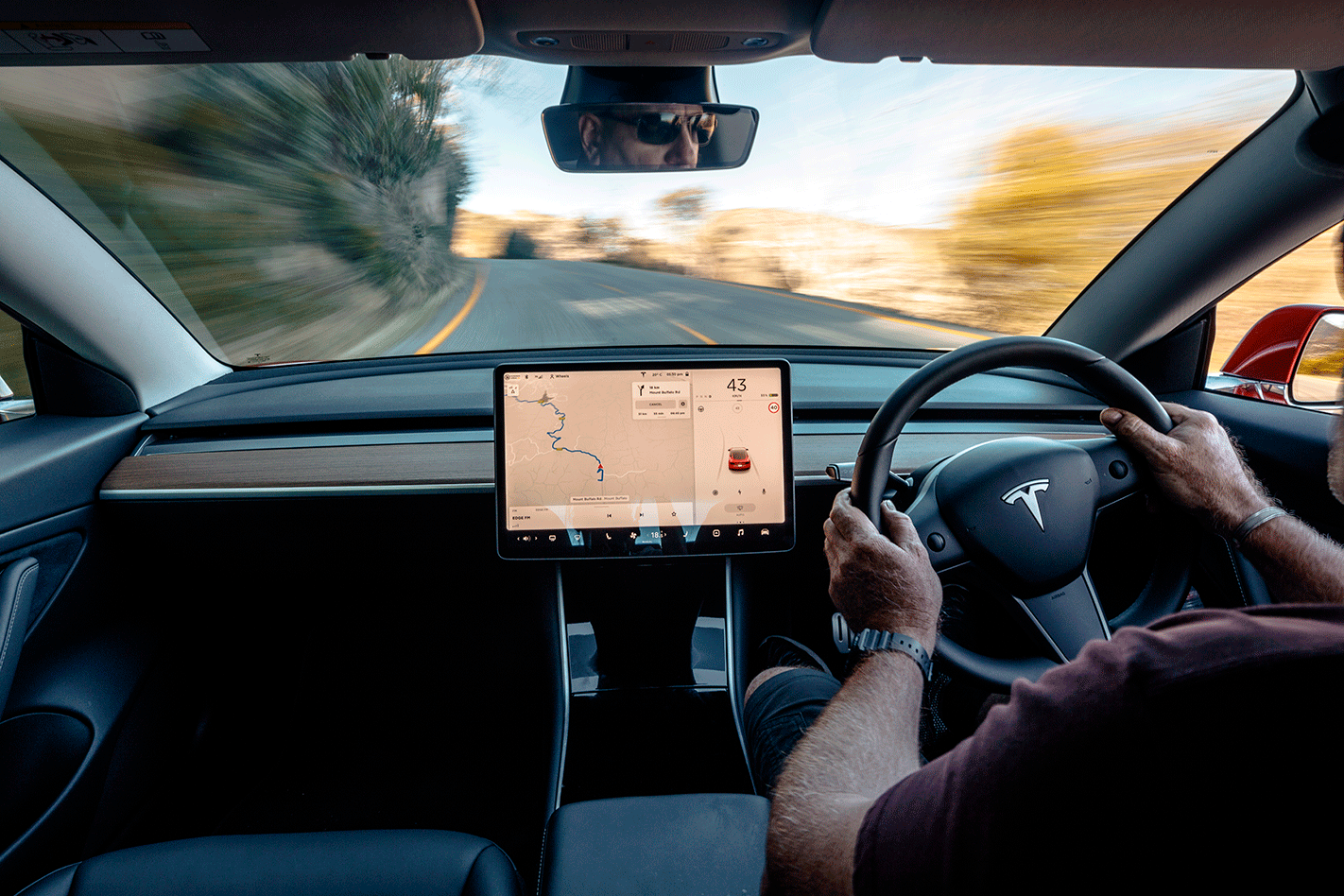 News
NewsTesla Enhanced Autopilot comes to Australia for $5100
While paid-up Australian Tesla customers wait for Full Self Driving to reach their car, the mid-level Enhanced Autopilot has become available
-
 News
NewsTesla gifts Enhanced Autopilot trial for the holiday
Tesla has given additional safety assist features for owners for a limited time, as holiday road trips peak
-
 News
NewsTesla software update adds dog mode monitoring
Tesla’s annual holiday software update brings a host of tweaks and improvements to end 2022


